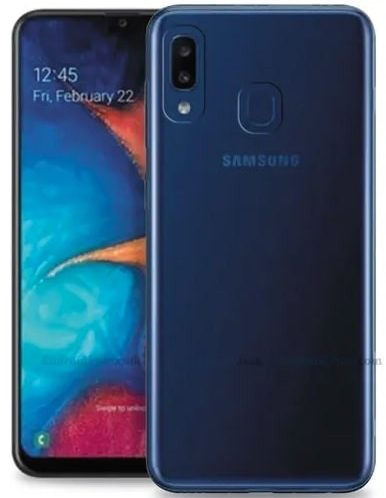Samsung has seen its market share in the Indian budget smartphone segment declining, thanks to the value-for-money offerings from Chinese rivals such as Xiaomi and Realme. However, Samsung has decided to fight back and introduced the all-new Galaxy M-series of smartphones.
The Samsung Galaxy M-series smartphones are competing directly with the most popular budget offerings from Chinese brands and at a similar price tag. The Samsung Galaxy M30 is placed above the M10 and M20 and is targeting the audience of around Rs. 15,000 price bracket. So, let’s see how the phone fares compared to the competition.
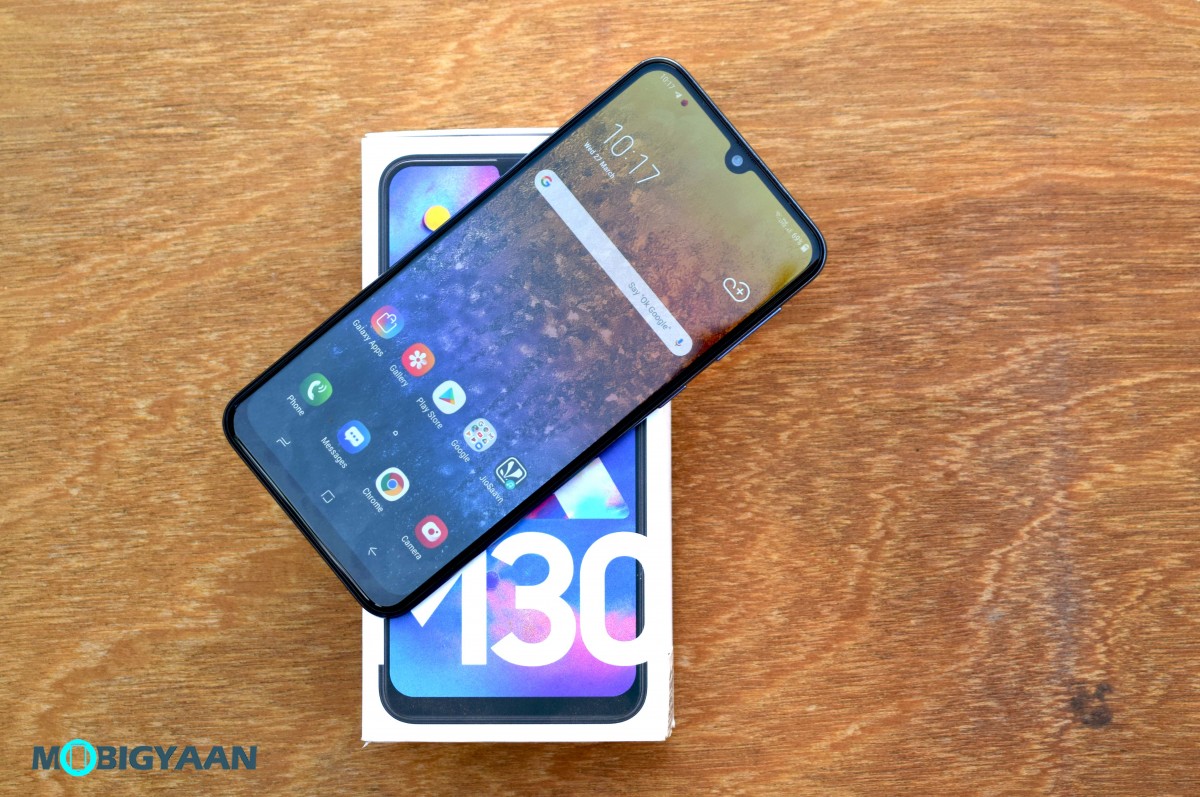
What’s in the box
- Samsung Galaxy M30 unit
- USB Type-C cable
- Wall Adopter
- User Manuals and Warranty Card
- SIM tray ejector pin
Here’s the unboxing video of the Samsung Galaxy M30.
Samsung Galaxy M30 Specifications
- CPU: 1.84 GHz Exynos 7904 octa-core processor
- RAM: 4/6 GB LPDDR4X
- Operating System: Samsung Experience 9.5 based on Android 8.1 Oreo
- Display: 6.4-inch Full-HD+ (2340 x 1080 pixels) Super AMOLED Infinity-U Display
- Rear Camera: 13 MP (f/1.9) + 5 MP (depth sensor) + 5 MP (ultra-wide angle lens, 123-degree FOV) with LED flash
- Front Camera: 16 MP with f/2.0 aperture
- Internal Storage: 64 GB (with 4 GB RAM), 128 GB (with 6 GB RAM)
- External Storage: Expandable up to 512 GB via microSD card (dedicated slot)
- SIM: Dual
- Connectivity: Dual 4G VoLTE, GPS, Bluetooth, Wi-Fi, 3.5 mm headphone jack, USB Type-C
- Other: Face Unlock, Fingerprint Scanner, Widevine L1 certification, Dolby Atmos Surround Sound
- Colors: Black, Blue
- Battery: 5000 mAh with 15W Fast Charging
Design & Build
While there’s nothing in terms of display that will make you go wow but the company has tried to offer an appealing design. It comes with a dual-tone gradient finish on the back panel, which is not unique but helps make it stand out from the crowd and a bit more attractive than other phones with a solid color.
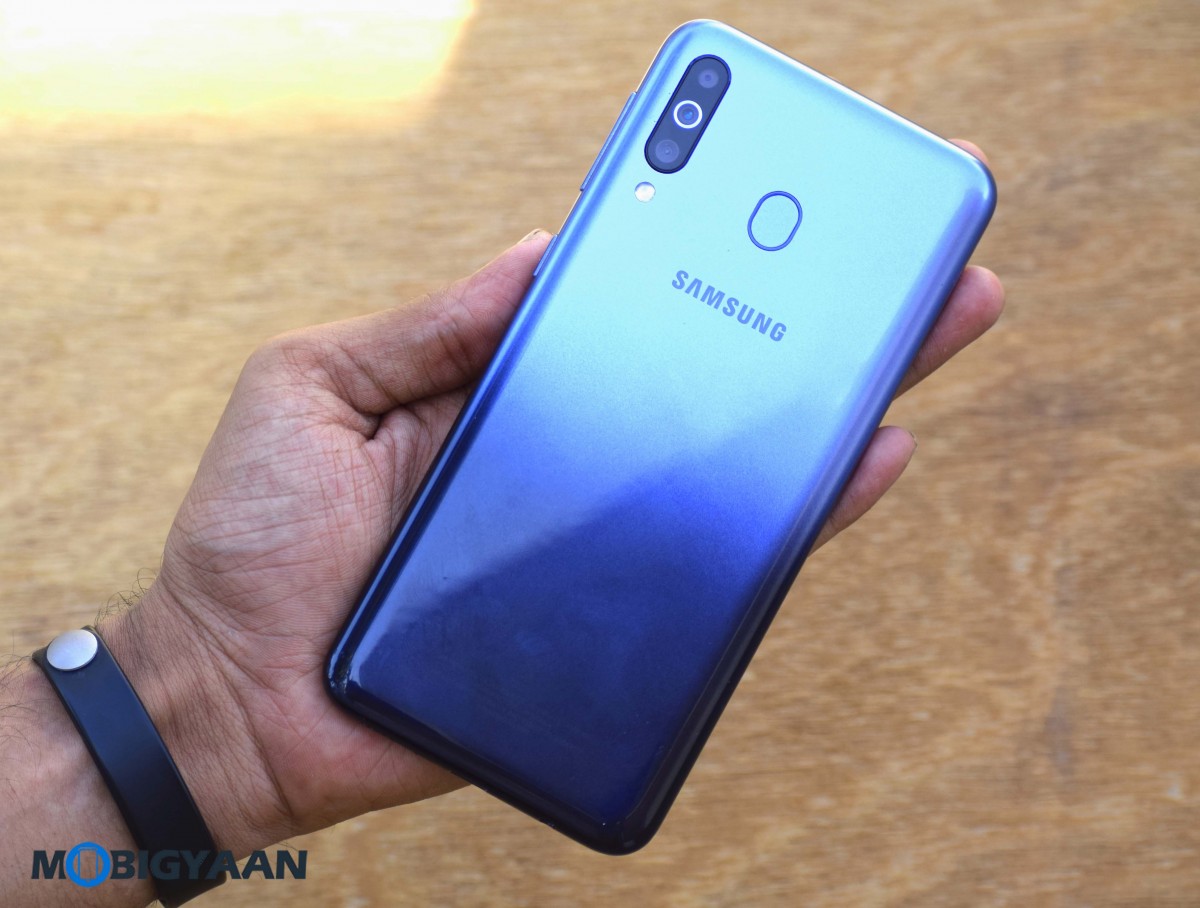
On the front side, there’s an Infinity-U notch on top of the display, offering a full-screen experience. The back has a glossy finish, so you’ll have to throw in a case to protect it from scratches and get rid of smudges.
The curved sides make it comfortable to hold the smartphone. It has rounded edges, making sure they don’t dig into your palms. However, the plastic material used for building the phone does feel cheap. While Samsung surely has taken several cost-cutting measures, it could have offered a better build quality.
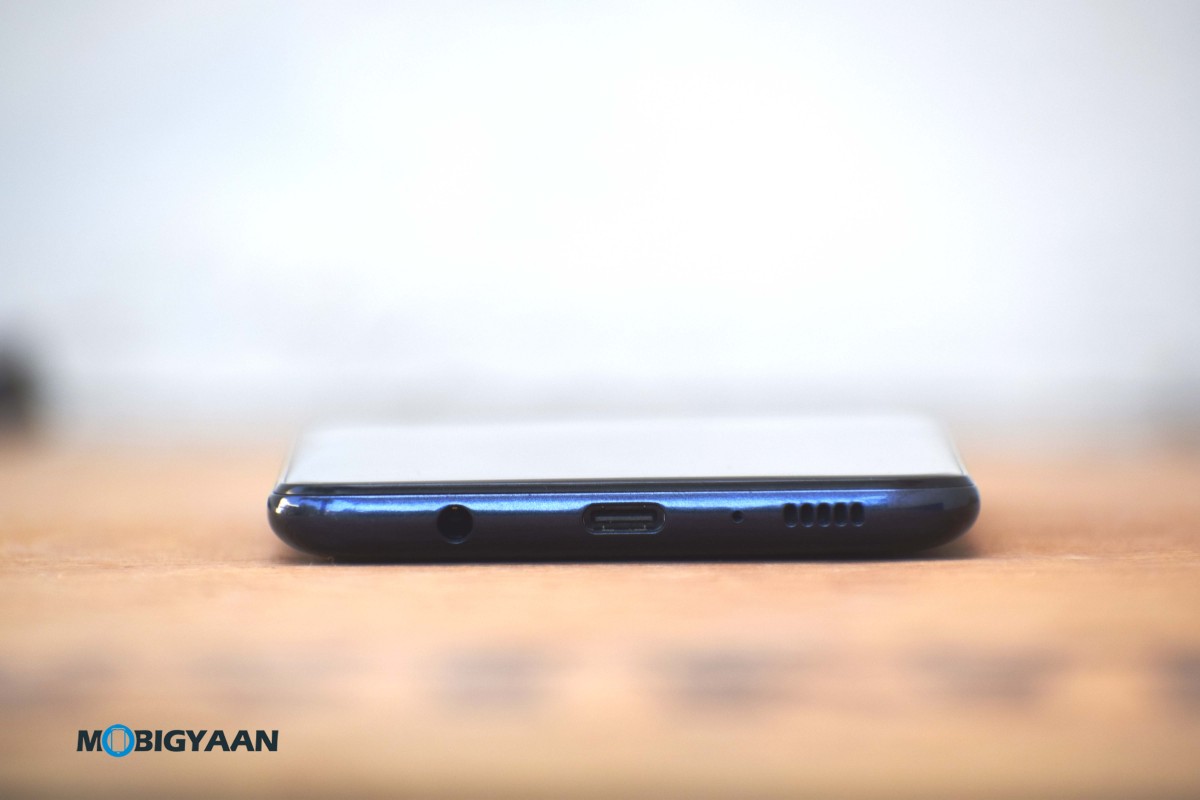
The power button, as well as volume rocker keys, are placed on the right side of the smartphone. The power button is placed very well but you may have to stretch your hand to reach the volume rocker keys because of the tall build. There’s a SIM card tray on the left side, which has two SIM card slots and a dedicated microSD card slot.
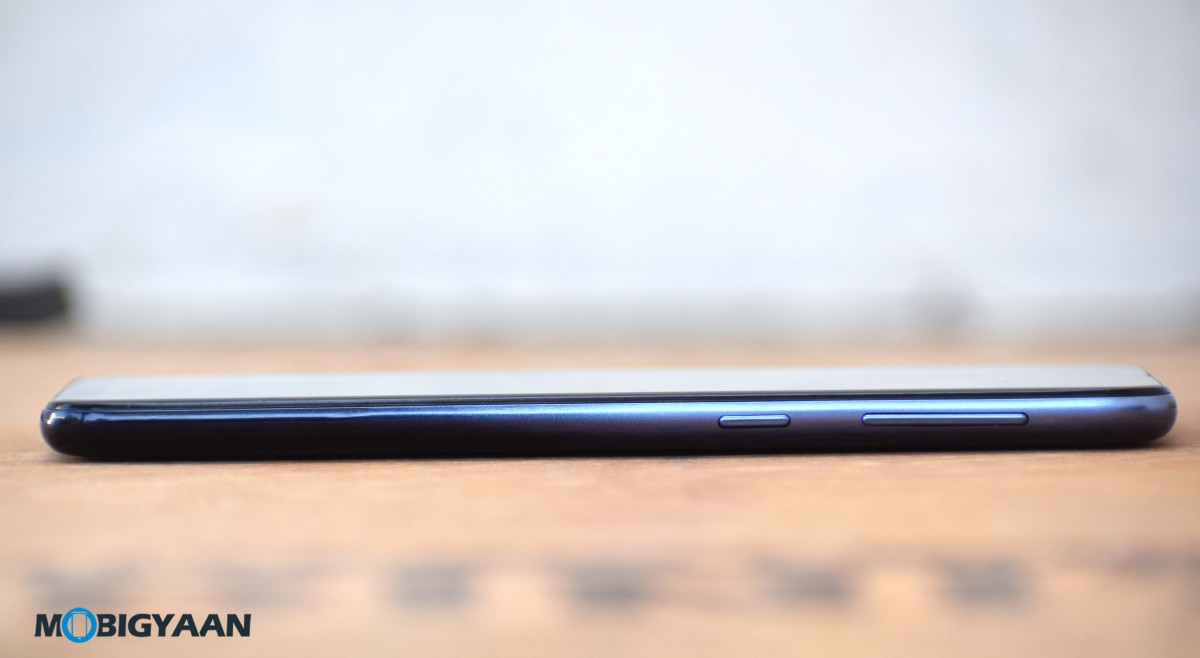
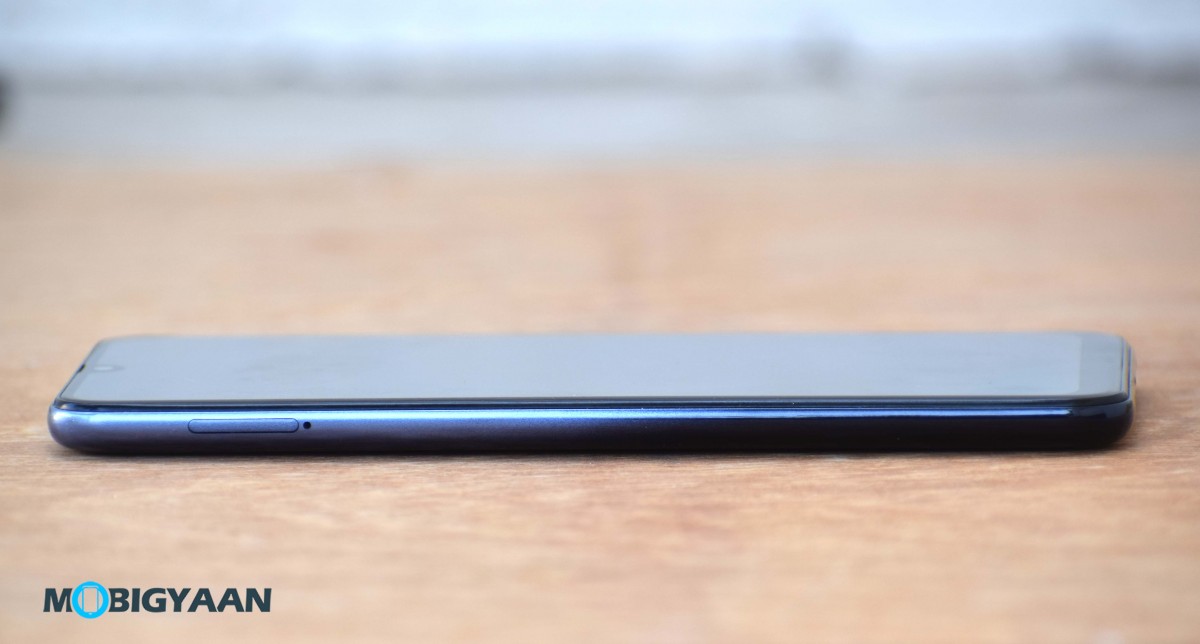
Display
The Galaxy M30 comes with a 6.4-inch Infinity-U with Super AMOLED panel. The phone has one of the best displays that you can find in a smartphone priced under Rs. 15,000. The bezels surrounding the sides are thin, except for the chin which is slightly thicker.
It offers punchy colors which sometimes seems over saturated but it’s pretty good with fantastic contrast levels and good viewing angles. The brightness levels are also good and you can comfortably use the device even in direct sunlight. There are also different color profiles to choose from as per your liking.
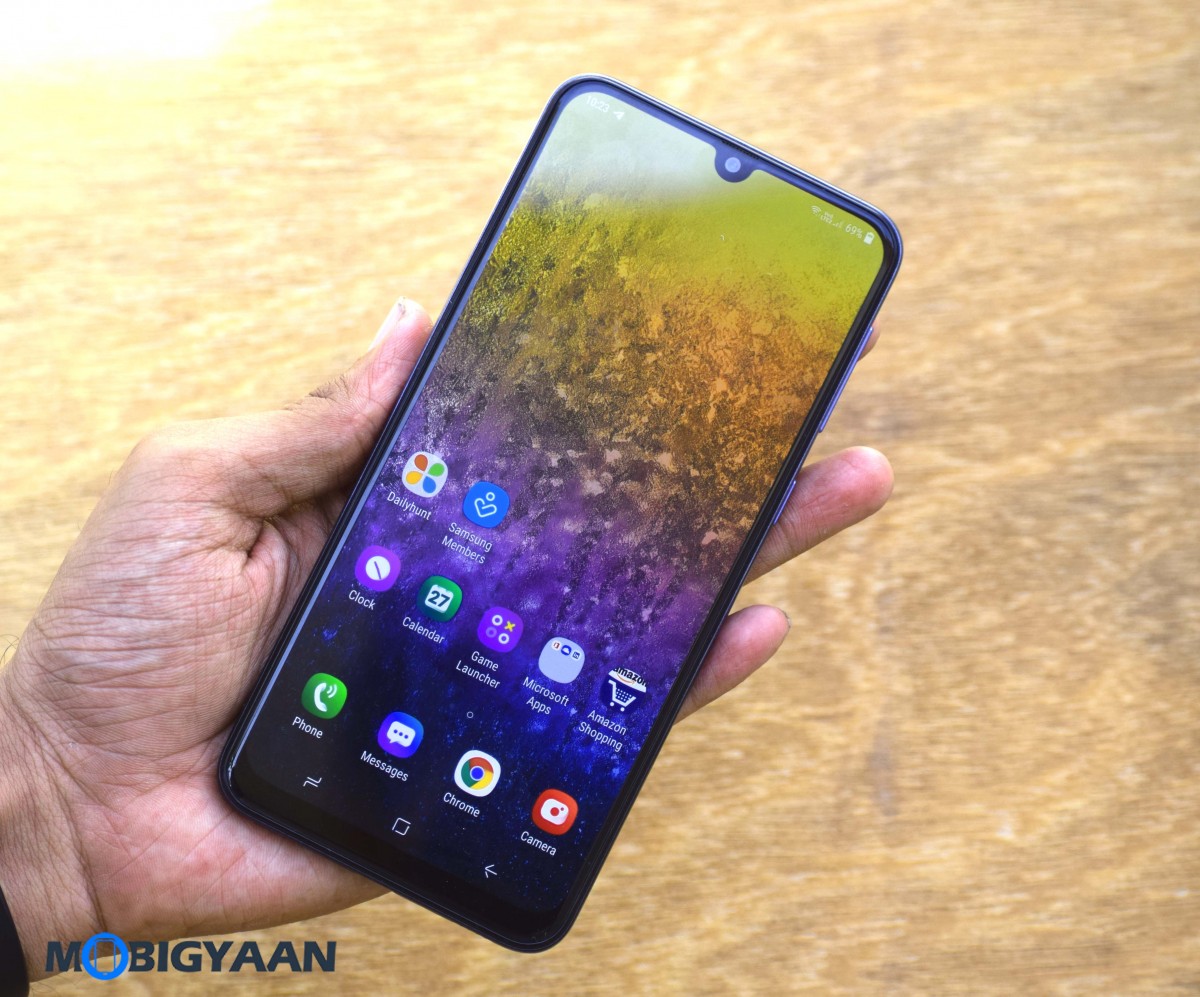
The company is also offering a blue-light toggle that filters out the blue light to protect you from eye strains. If you don’t like the notch, Samsung has offered an option to hide the notch but the implementation is sloppy as a single black-colored bar cuts through the top without the curved corners. It also comes with Widevine L1 DRM support so that you can stream Netflix and Amazon Prime Video content in HD. The larger display makes for a fantastic media viewing experience.
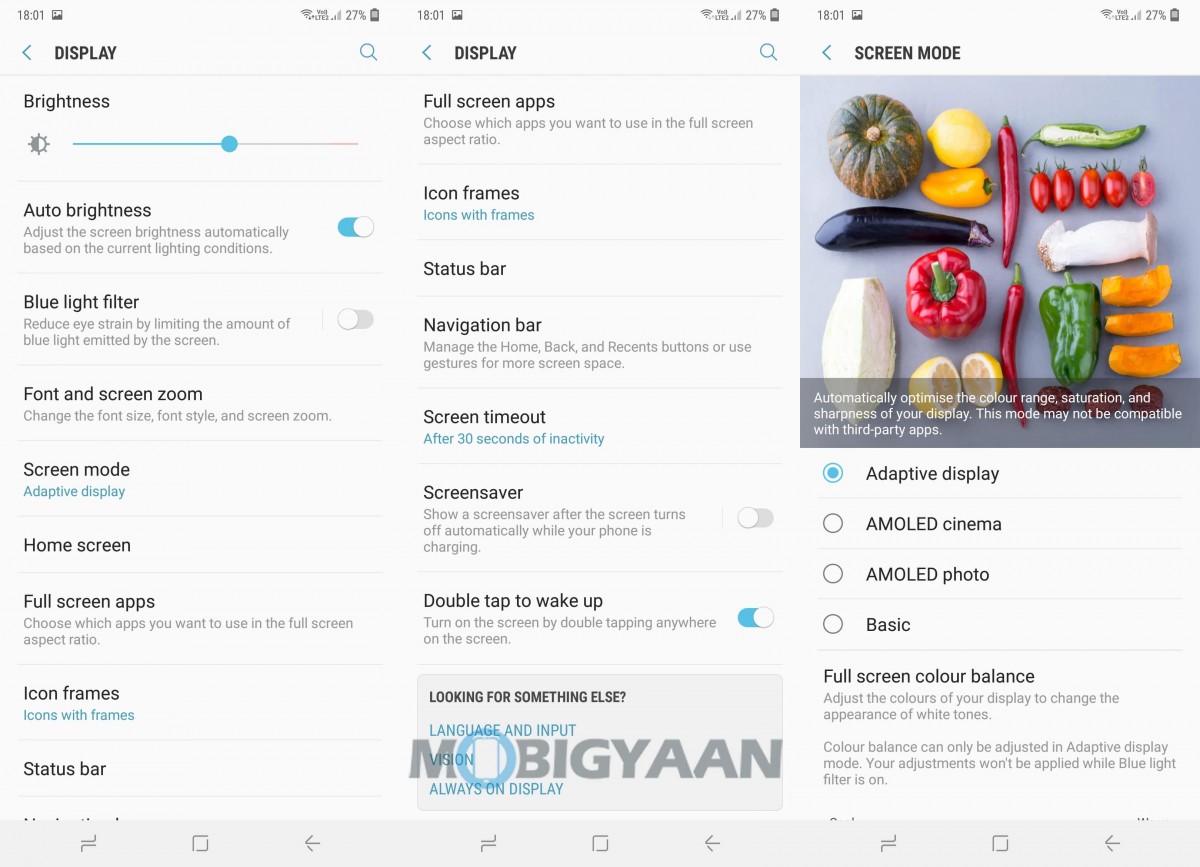
Software & UI
Samsung recently launched the One UI along with its flagship smartphones but this one doesn’t run the latest user interface. Instead, the Galaxy M30 comes with Samsung Experience 9.5 UI based on the older Android 8.1 Oreo.
However, Samsung Experience 9.5 is also pretty smooth. I used the smartphone for a little over a week and didn’t notice any major issues with the software.
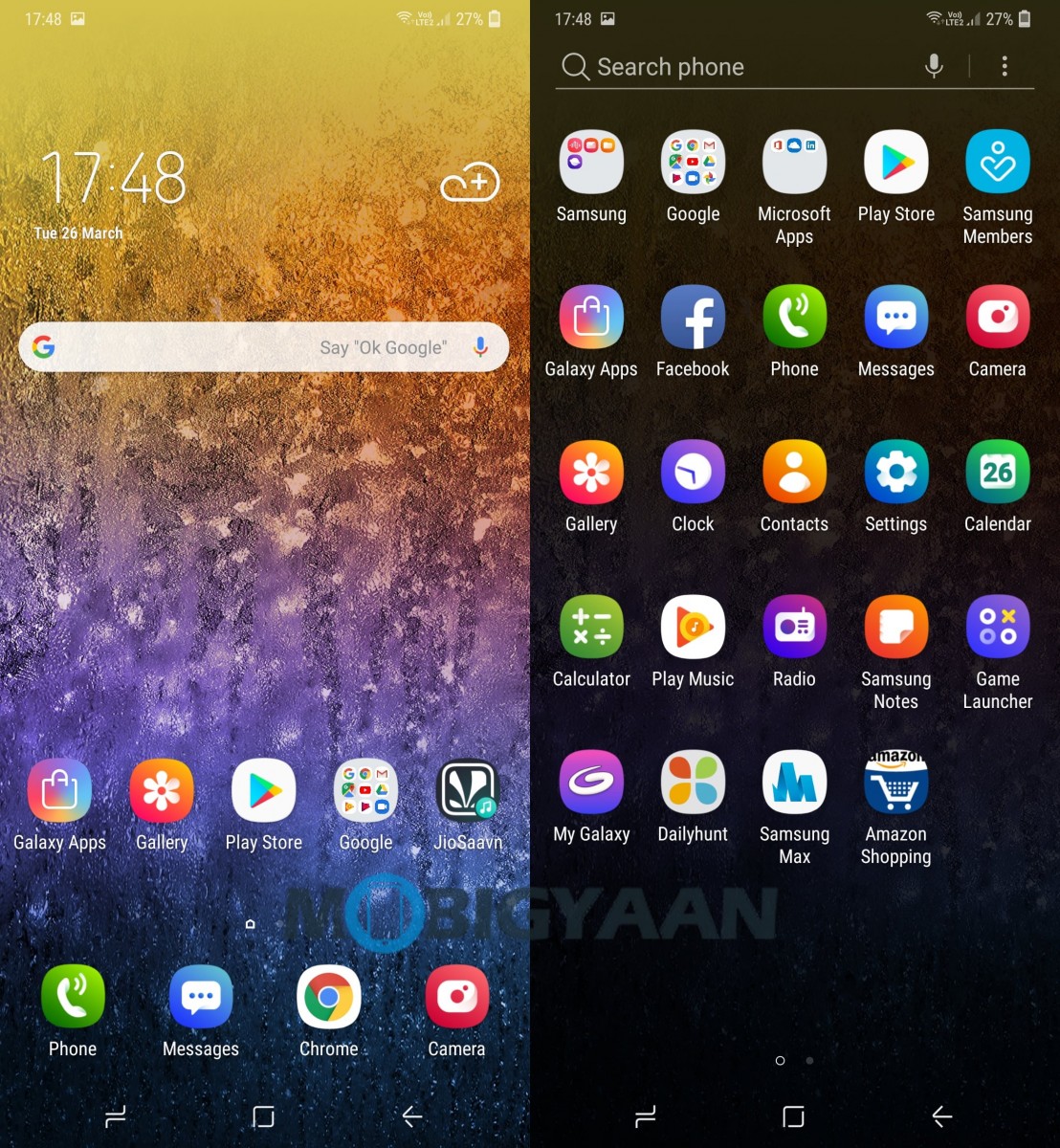
The default lock-screen display changes the wallpaper at every instance and offers magazine-style information through the Glance app. Some may find the Glace feature distraction but it can easily be disabled from the settings.
The company has offered customization for the home screen and users can choose if they want the app drawer or not. The phone received a software update while I was reviewing it, which updated the device’s Android Security Patch to February 2019. Apart from that, there’s nothing different from other Samsung smartphones that we’ve seen previously.
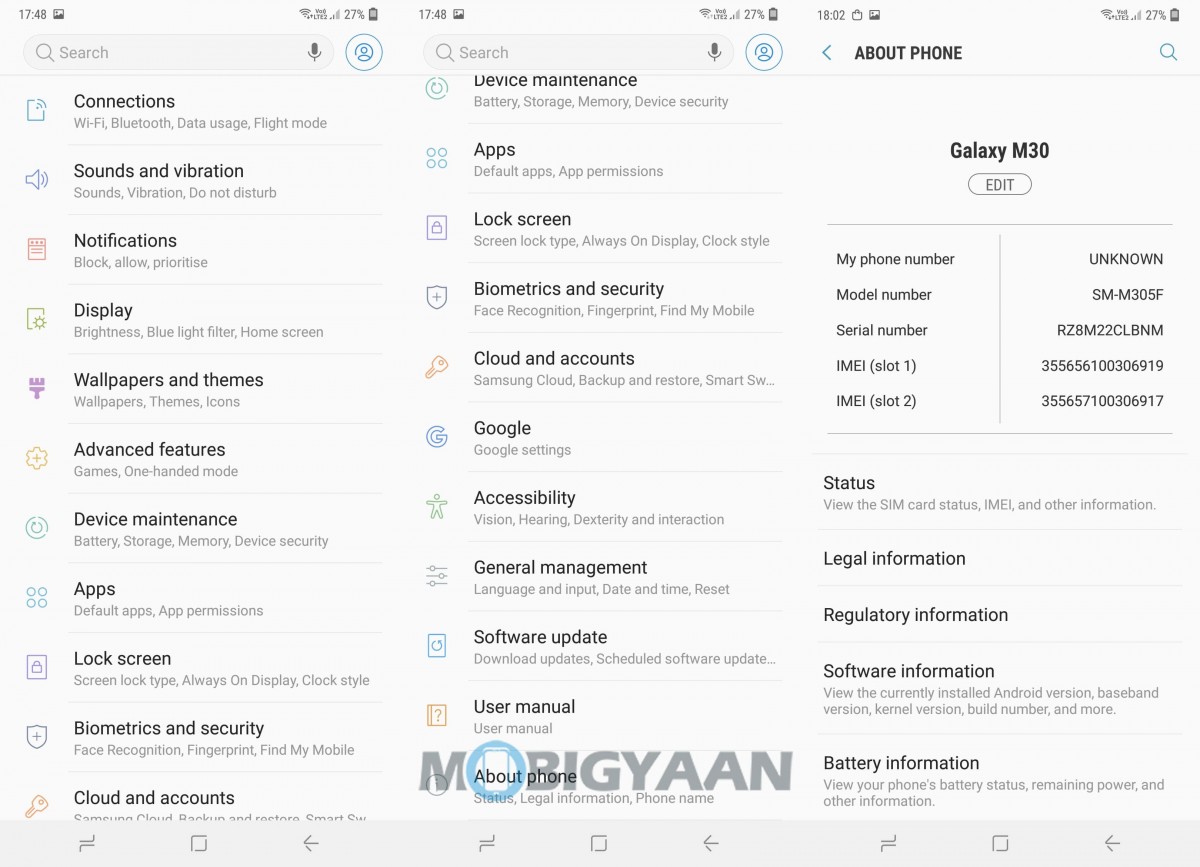
Hardware & Performance
The Galaxy M30 is powered by the company’s own Exynos 7904 octa-core processor. It comes in two variants — 4 GB RAM with 64 GB internal storage and 6 GB RAM with 128 GB internal storage. The unit we received for review packs 4 GB of RAM.
The Exynos 7904 is a pretty solid chipset but if compared to the Snapdragon 675, which powers the Redmi Note 7 Pro, it appears weak. However, on its own, the performance offered by the Exynos 7904 is pretty solid for casual usage.
Samsung Galaxy M30 Key Specifications
- Display: 6.4-inch Full-HD+ (2340 x 1080 pixels) Super AMOLED Infinity-U Display
- CPU: 1.84 GHz Exynos 7904 octa-core processor
- Memory: 4/6 GB LPDDR4X
- Storage: 64 GB (with 4 GB RAM), 128 GB (with 6 GB RAM); microSD card slot
- OS: Samsung Experience 9.5 based on Android 8.1 Oreo
- Battery: 5000 mAh with 15W Fast Charging
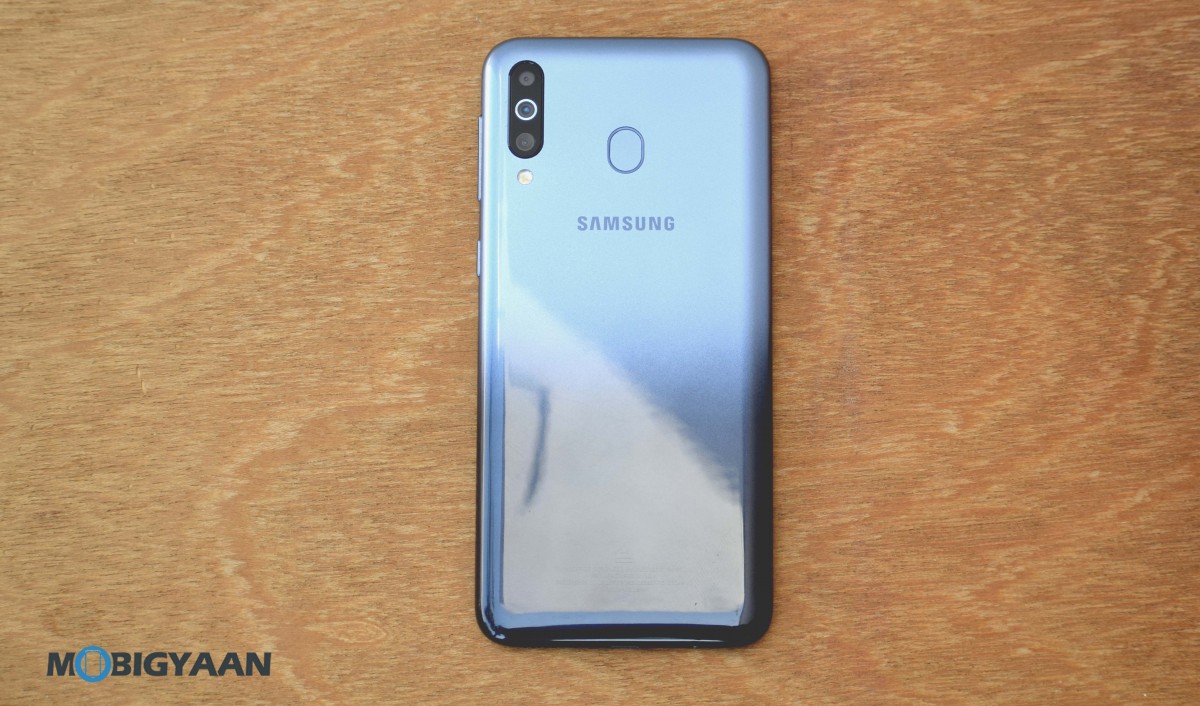
If your primary usage is social media apps, phone calls, and texting, then the phone works like a charm. But you’ll be disappointed if you are more into mobile gaming because of the Mali G71 MP2 GPU. While playing games like PUBG, the phone defaults to medium graphics. If you bump up the graphics, the game remains playable but gets choppy.
But that doesn’t mean that the phone’s performance is bad. The company has done a fantastic job in terms of performance for the Galaxy M30 which is very smooth, without any performance drop in the user interface. It’s just that there are better options out there if you are more involved in heavy mobile gaming.
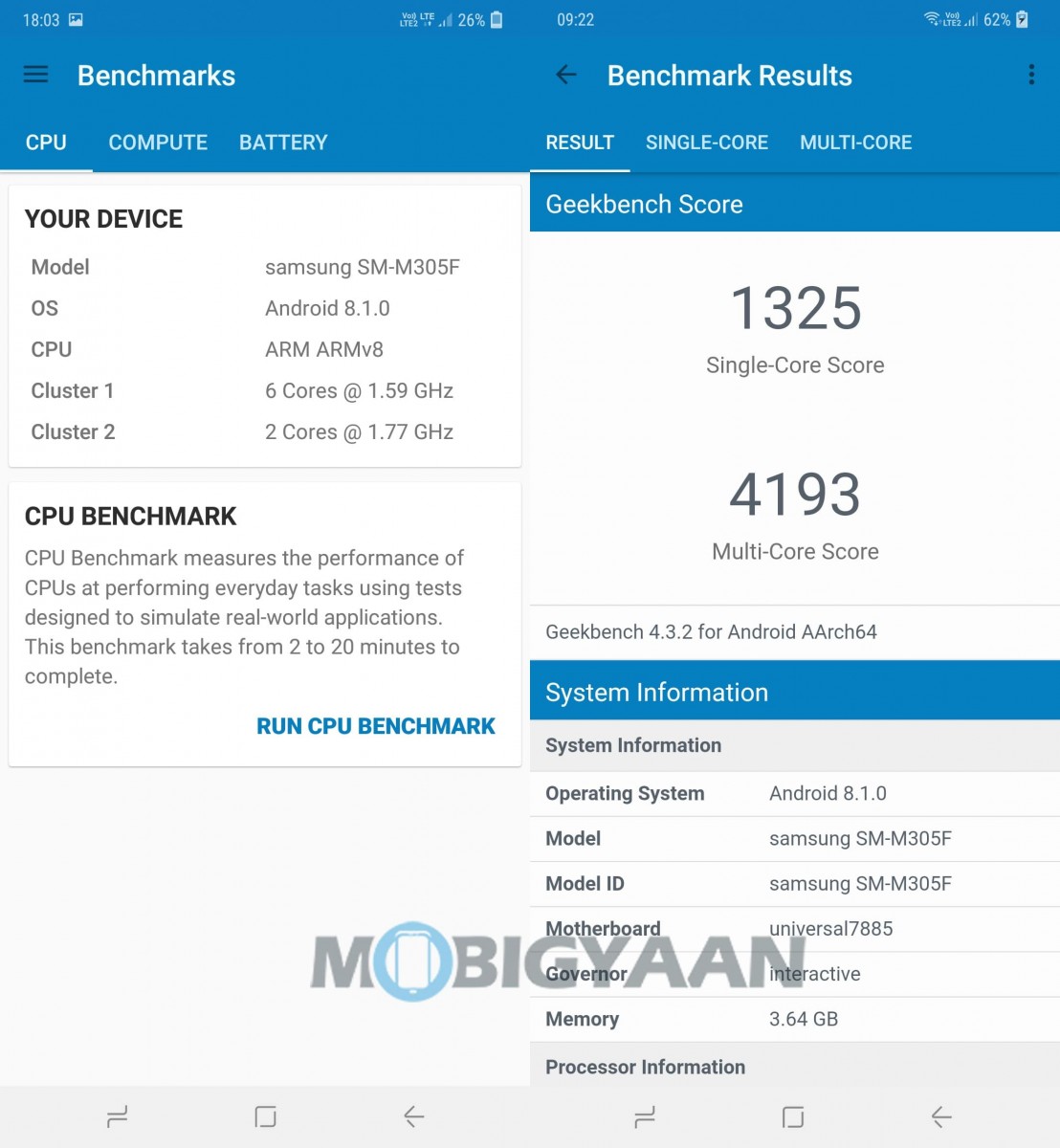
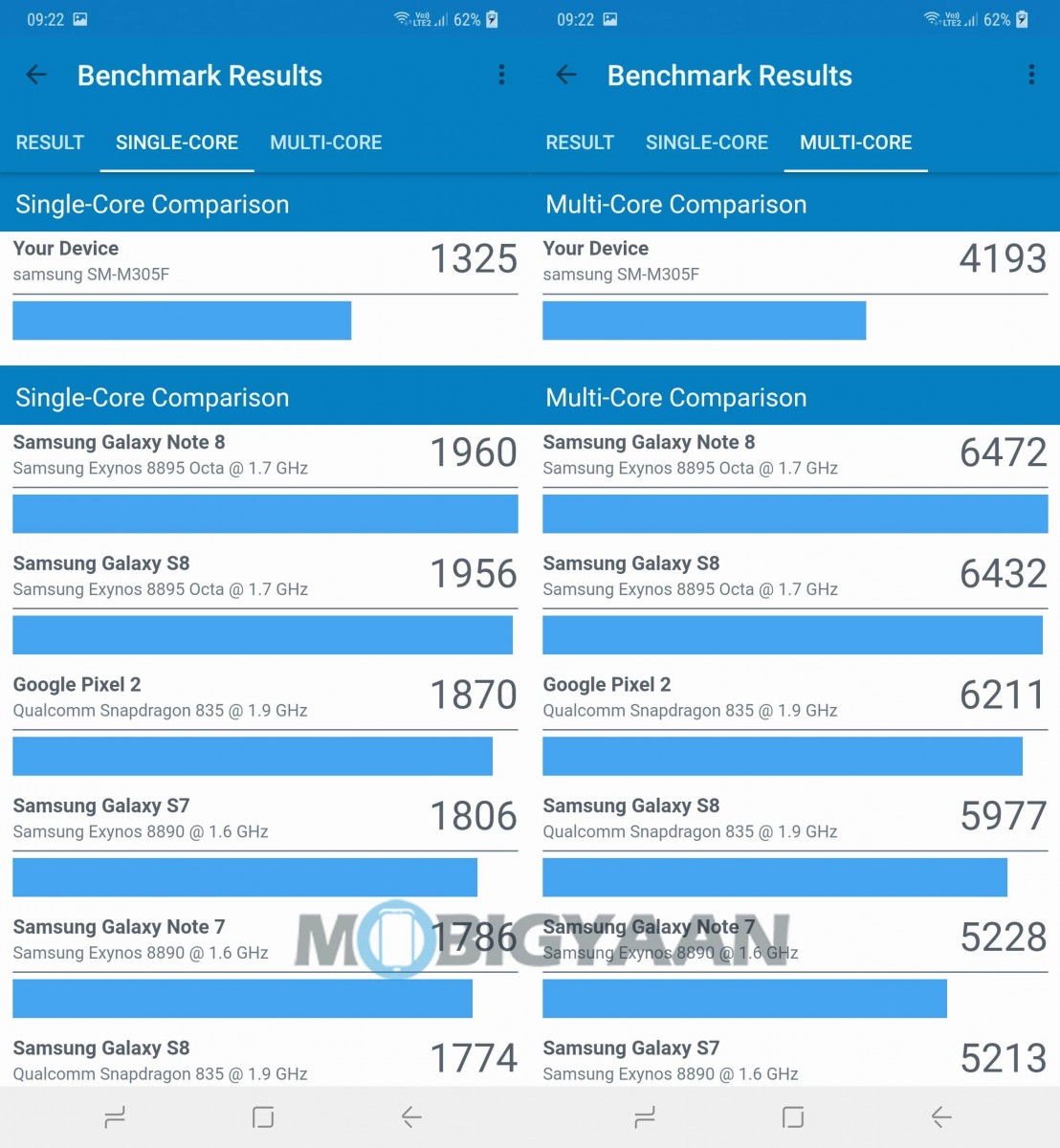
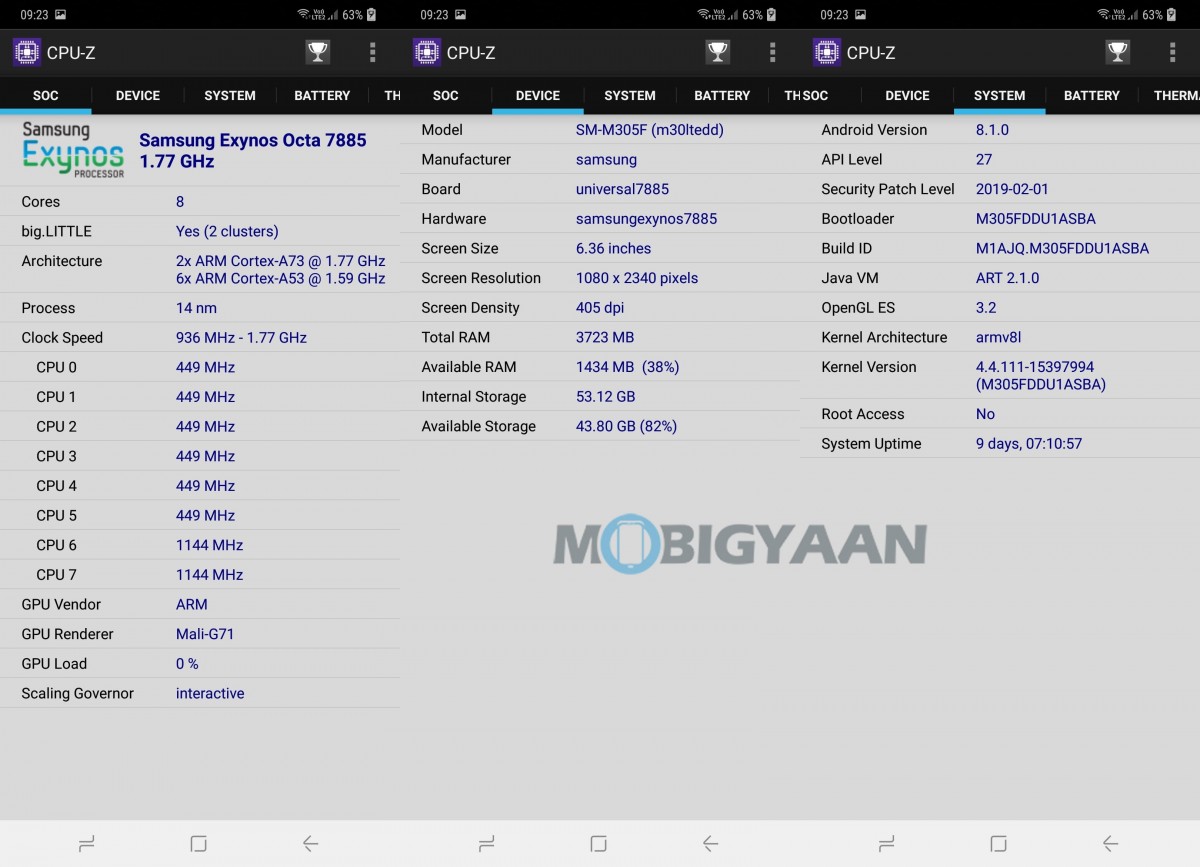
In the Geekbench benchmarking test, the phone scored 1,325 points in the single-core test and 4,193 points in the multi-core test. For comparision, the Redmi Note 7 Pro, which is also priced similarly, scored 2,382 points in the single-core test and 6,027 in the multi-core test.
Cameras
The Samsung Galaxy M30 comes with a 13 MP primary sensor with an f/1.0 aperture and a 5 MP secondary wide-angle camera sensor. There’s also a third sensor which is a depth sensor, essentially offering a triple-camera setup on the back panel.
It was impressive that Samsung is offering a triple camera setup on a budget smartphone. The camera performance is pretty decent and the daylight shots offer good contrast levels and natural-looking shades. Focusing speed is also fast and the addition of wide-angle lens is a nice touch to capture more into a shot.
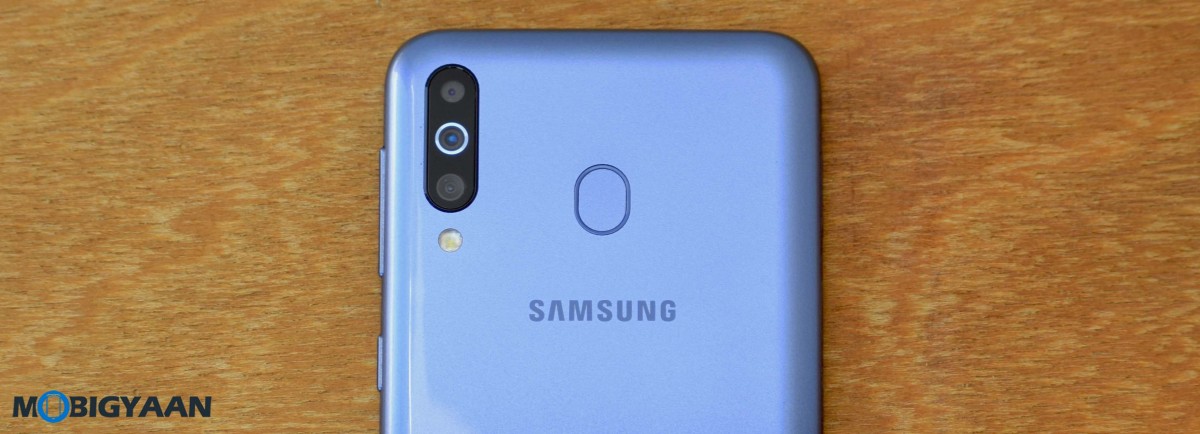
It also comes with a portrait mode which the company calls “live focus”, which works great on most occasions, including edge detection. It offers a natural-looking blurry background and also allows you to alter the level of background blue even after taking the picture.
However, low-light performance isn’t good enough. You’ll notice a lot of noise and the images turn out to be washed out without details. It would have been great if the company had opted to offer a night mode, something that’s present on the Redmi Note 7 Pro.
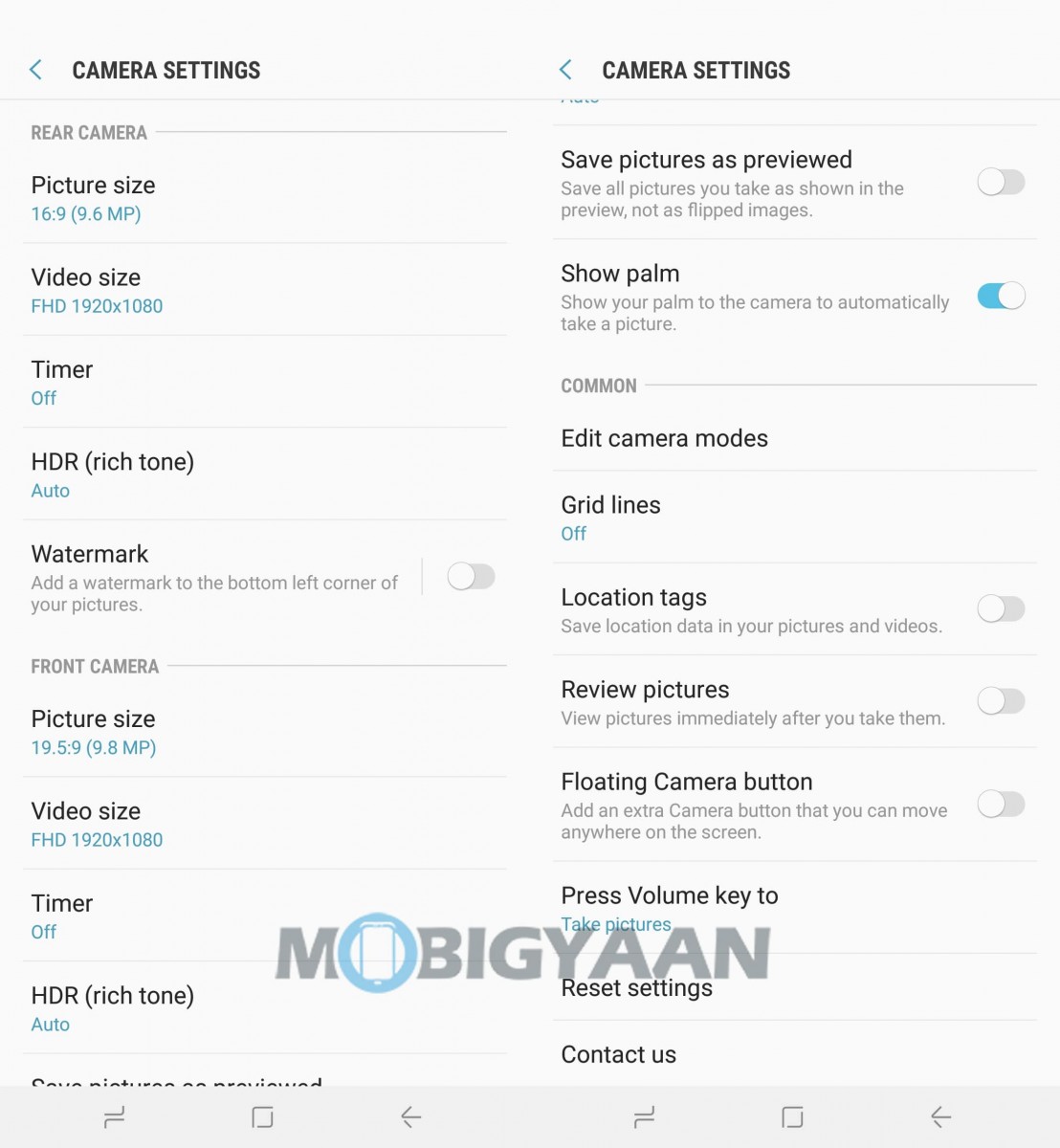
The camera is quite simple to use and comes with Panorama, Pro, Beauty, Live Focus, Stickers, and Continuous Shot modes. In Pro mode, it lets you manually set exposure, ISO, and white balance before taking a shot. There’s also a few filters and a Smart Beauty mode to manage beautification.
On the front side, it comes with a 16 MP sensor with f/2.0 aperture. If you are into selfies, you’ll like the performance of the Galaxy M30’s front-facing camera. It also offers a ‘live focus’ mode which works pretty well.

Samsung Galaxy M30 Camera Samples
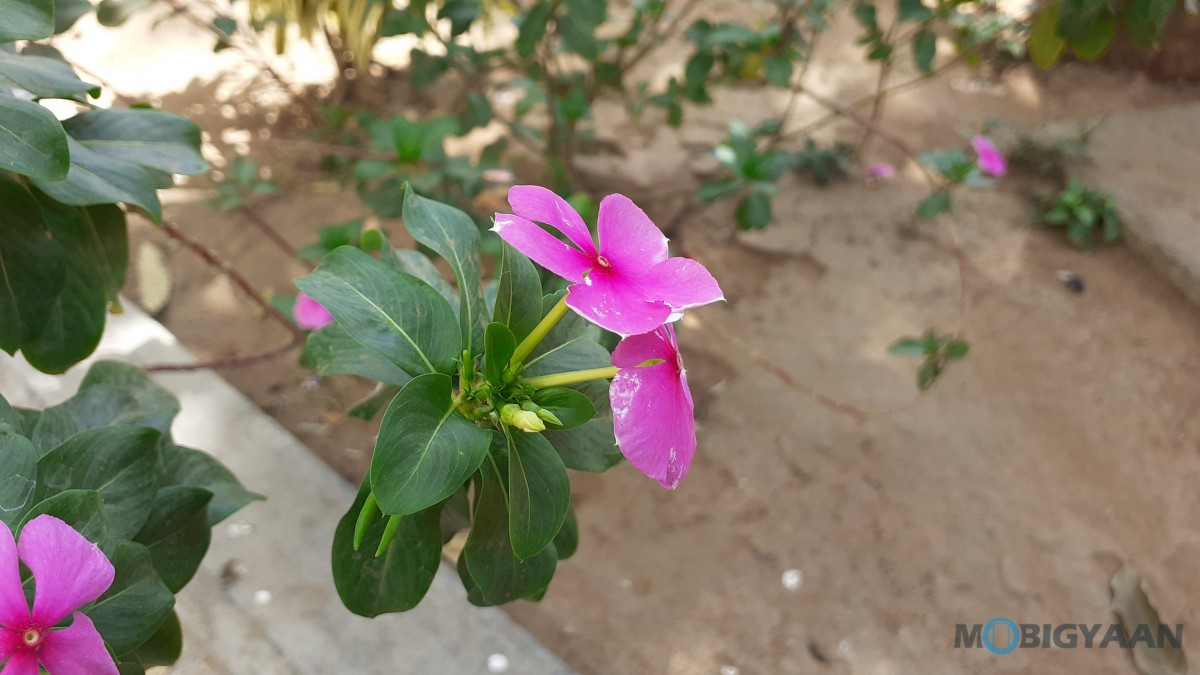
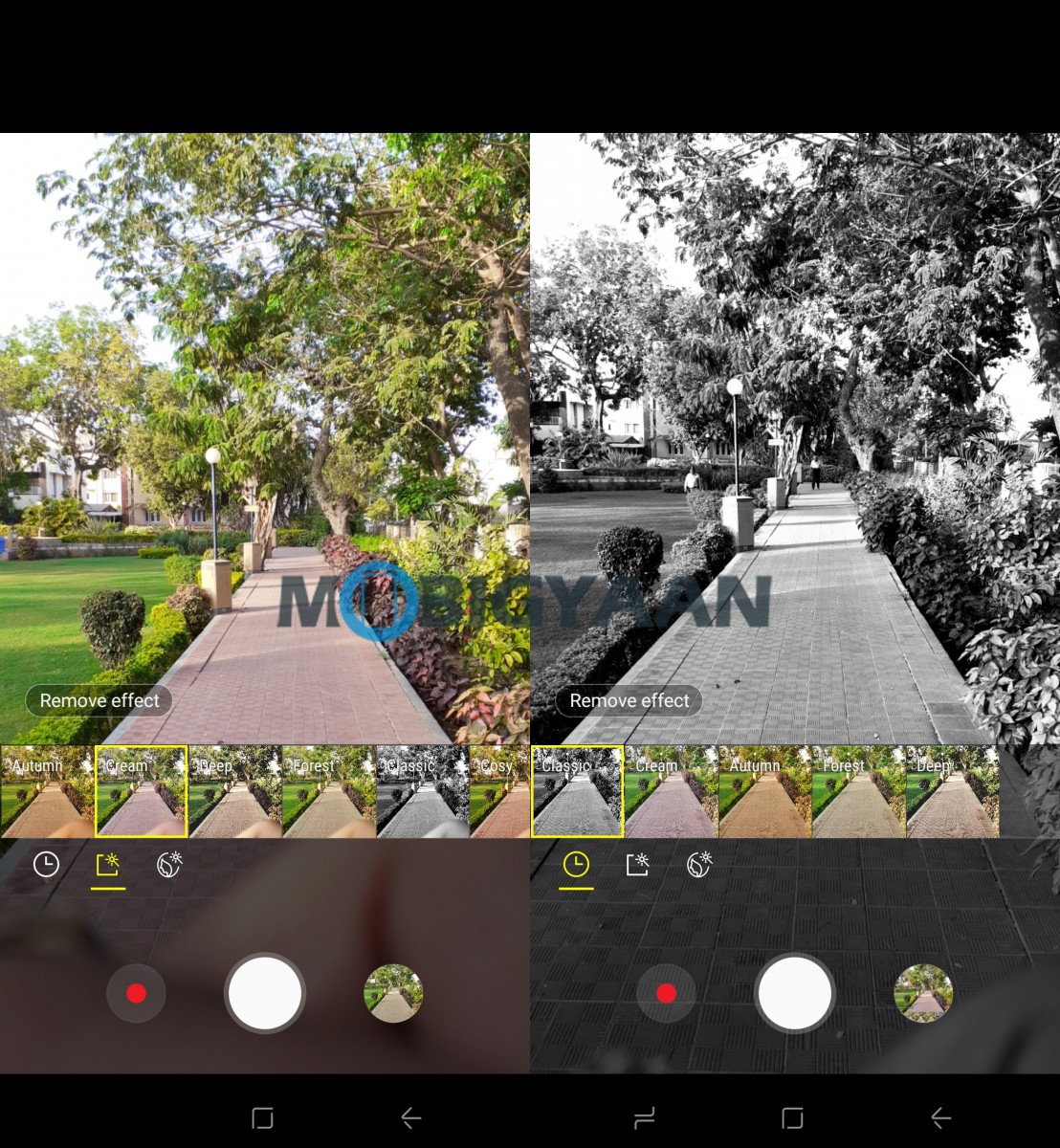
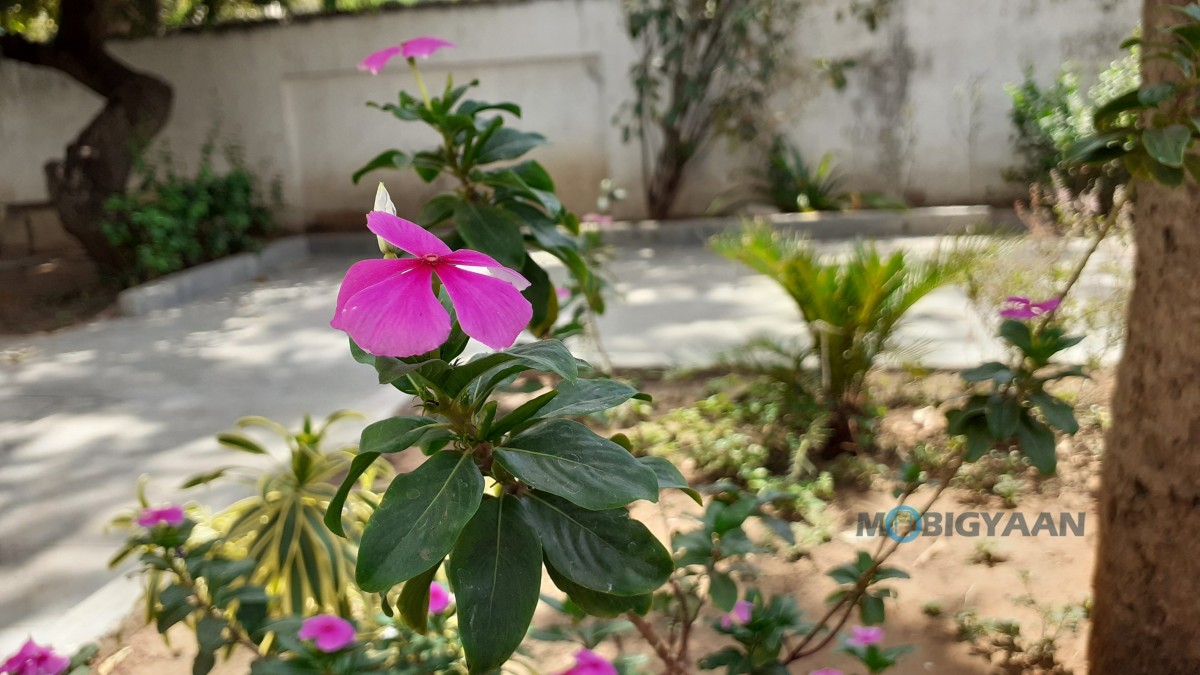

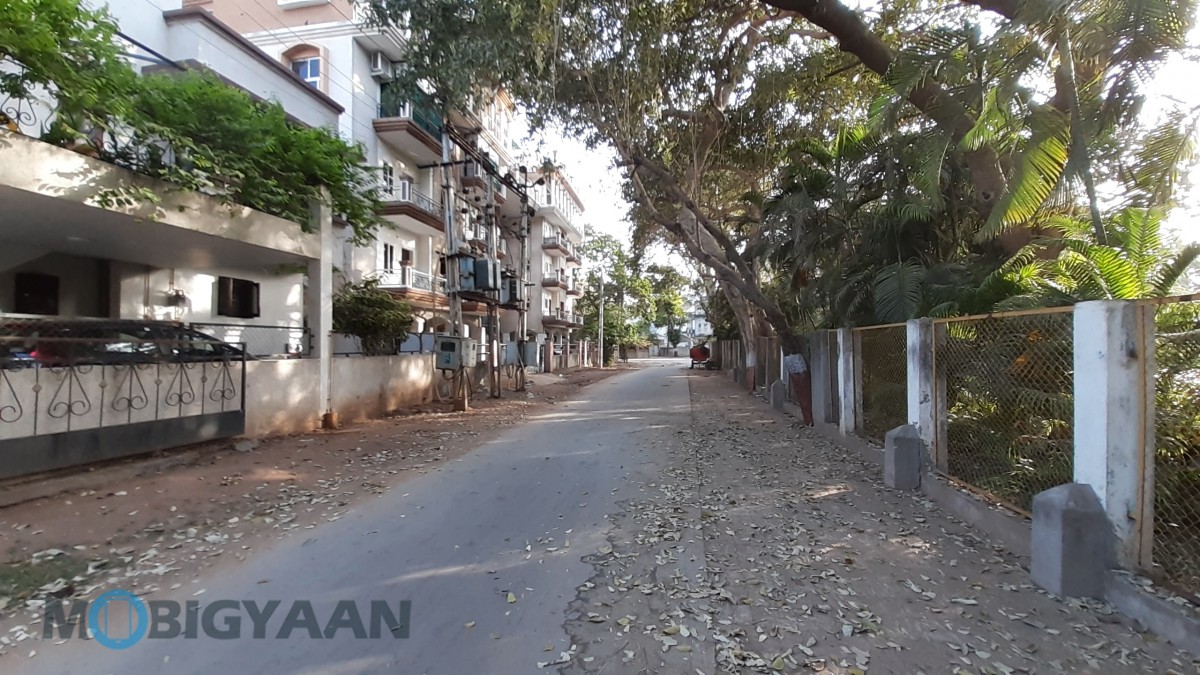
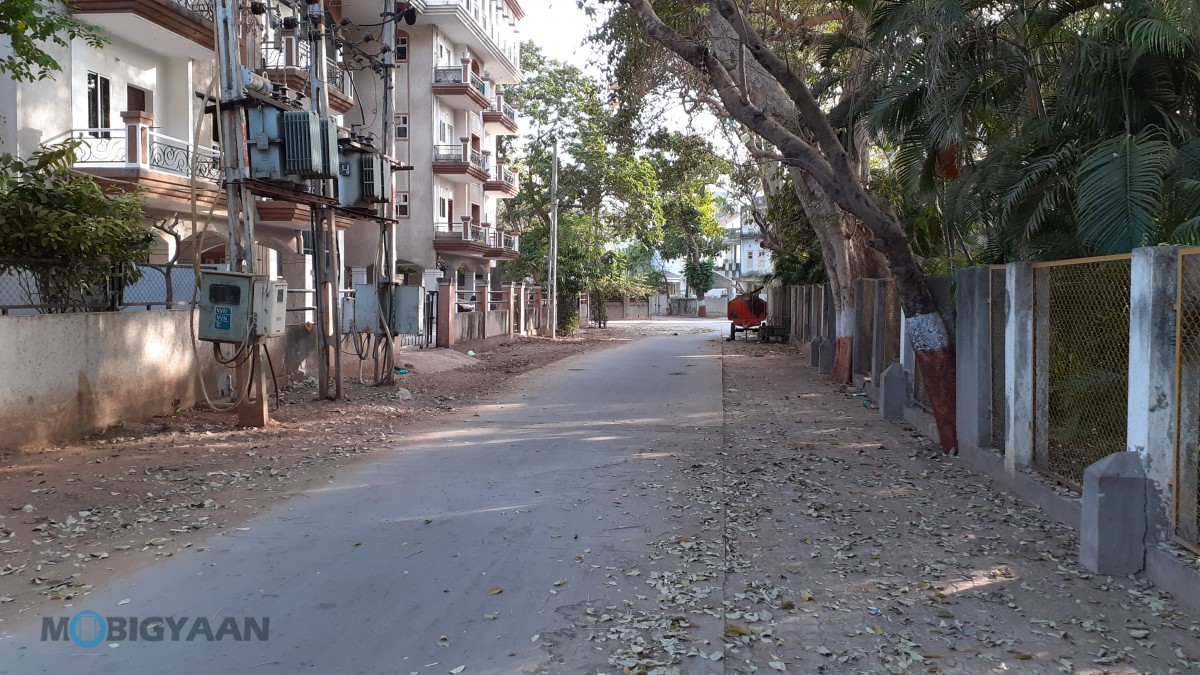
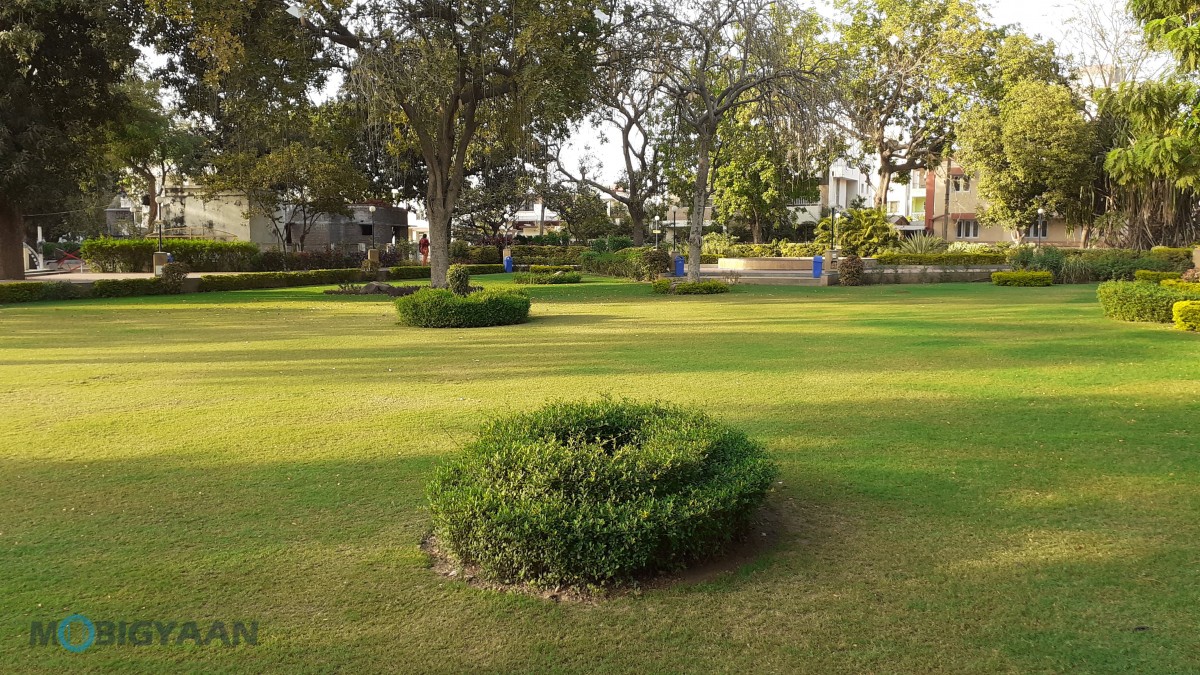
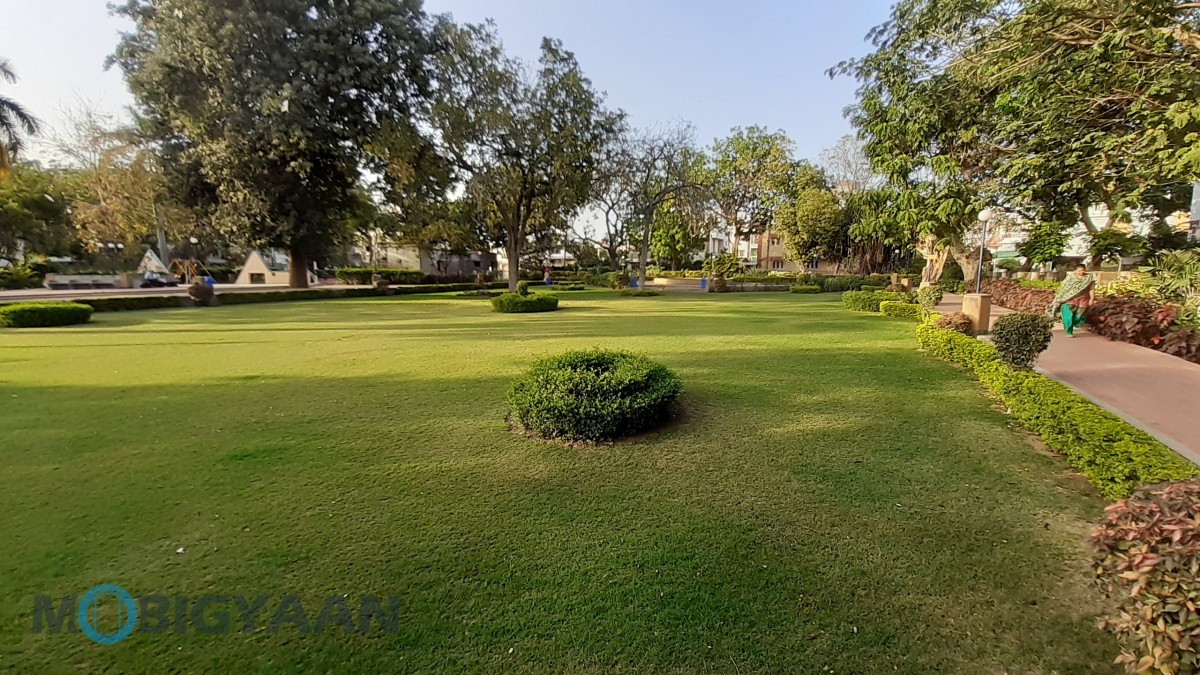


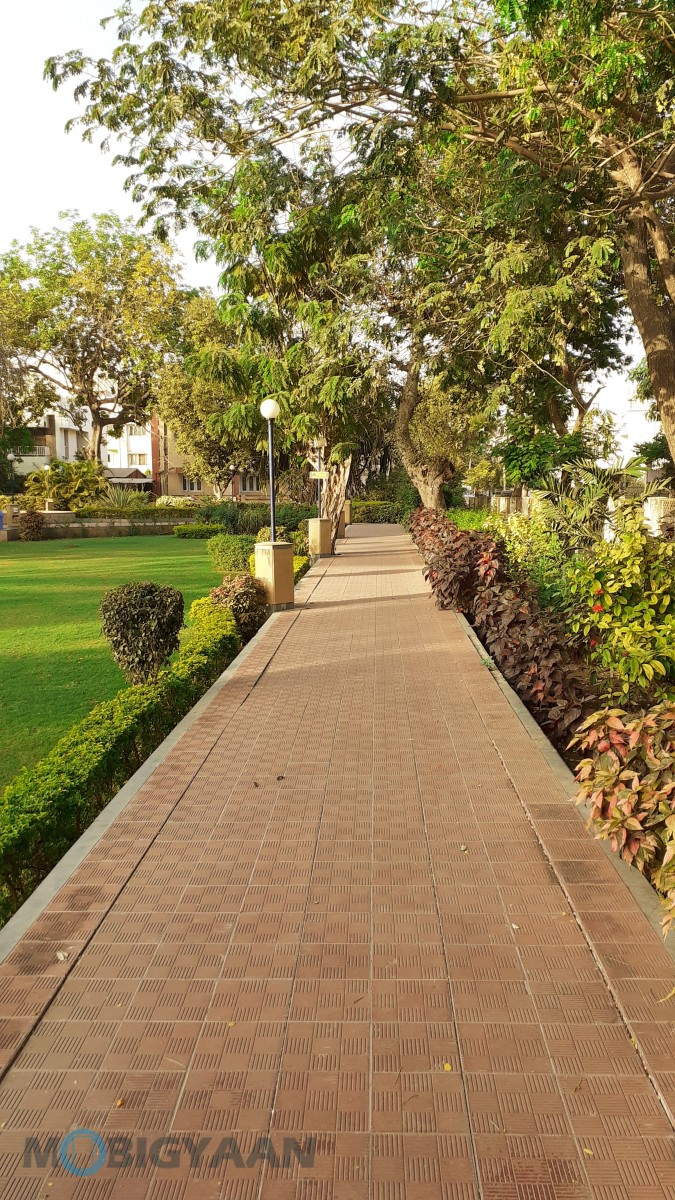
Battery Runtime and Charging
The smartphone comes with a 5000 mAh battery and for charging, it comes with a USB Type-C port. The device also supports 18W fast charging and it comes with the fast charger in the box. It takes around two and a half hours on average to charge the phone completely.

The higher capacity battery does offer a good battery runtime and it was possible to achieve two days of battery life on a single charge during our testing. This was with a casual usage which includes a couple of hours of music streaming, active WhatsApp, a Gmail account, using camera for a few minutes, and video calls or around 45 minutes.
Verdict
With a great display and good battery life, the Samsung Galaxy M30 is a good choice if you watch a lot of videos on your phone. Plus, it also has Widevine L1 support for HD streaming, which is not a common thing in a budget smartphone. It also offers decent camera performance with triple-rear camera setup and is not a bad choice for a price of Rs. 14,999.
However, if you are a gamer or a heavy user, then the phone’s performance could be an issue. In that case, going for the Redmi Note 7 Pro, Realme U1, or Oppo K1 would be a better choice.
Strength
- Super AMOLED display
- Triple-rear camera setup
- Great battery life
- Good day-light photography and selfies
Weakness
- Performance could have been better
- Not good for gaming
- Low-light photography needs improvements
- Older Samsung Experience 9.5 UI on Android Oreo
Planning to buy a Samsung Galaxy M20, click here.

